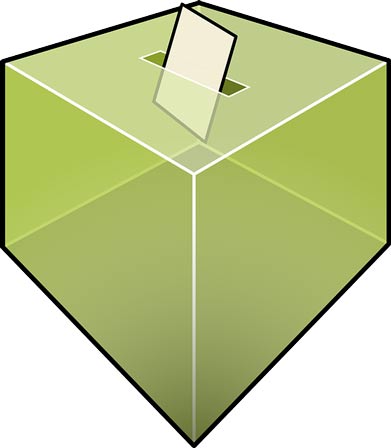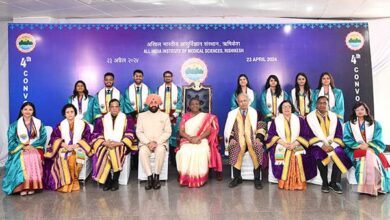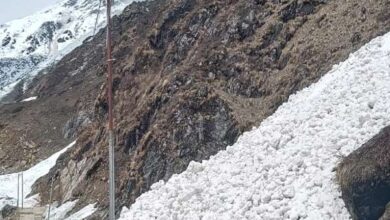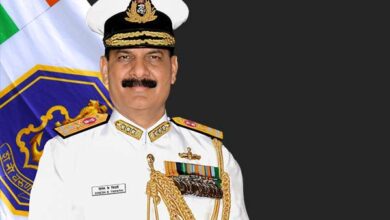PM Modi launches world’s largest government funded healthcare program- Ayushman Bharat

India taook a giant leap towards providing accessible and affordable healthcare to the common man with the launch of Ayushman Bharat – Pradhan Mantri Jan Aarogya Yojana (AB-PMJAY) by the Prime Minister, Narendra Modi on 23rd September, 2018 at Ranchi, Jharkhand. Under the vision of Ayushman Bharat, Pradhan Mantri Jan Aarogya Yojana (AB-PMJAY) shall be implemented so that each and every citizen receives his due share of health care. With Ayushman Bharat – Pradhan Mantri Jan Aarogya Yojana, the government is taking healthcare protection to a new aspirational level. This is the “world’s largest government funded healthcare program” targeting more than 50 crore beneficiaries.
Benefits under the Ayushman Bharat Scheme
- Ayushman Bharat- Pradhan Mantri Jan Arogya Yojana (PMJAY) will provide a cover of up to Rs. 5 lakhs per family per year, for secondary and tertiary care hospitalization.
- Over 10.74 crore vulnerable entitled families (approximately 50 crore beneficiaries) will be eligible for these benefits.
- PMJAY will provide cashless and paperless access to services for the beneficiary at the point of service.
- PMJAY will help reduce catastrophic expenditure for hospitalizations, which impoverishes people and will help mitigate the financial risk arising out of catastrophic health episodes.
- Entitled families will be able to use the quality health services they need without facing financial hardships.
- When fully implemented, PMJAY will become the world’s largest fully government-financed health protection scheme. It is a visionary step towards advancing the agenda of Universal Health Coverage (UHC).
Features of Ayushman Bharat
- Ayushman Bharat is a progression towards promotive, preventive, curative, palliative and rehabilitative aspects of Universal Healthcare through access of Health and Wellness Centers (HWCs) at the primary level and provision of financial protection for accessing curative care at the secondary and tertiary levels through engagement with both public and private sector.
- It adopts a continuum of care approach, comprising of two inter-related components: Creation of 1,50,000 Health and Wellness Centres which will bring health care closer to the homes of the people.
- These centres will provide Comprehensive Primary Health Care (CPHC), covering both maternal and child health services and non-communicable diseases, including free essential drugs and diagnostic services. The first Health and Wellness Centre was launched by the Prime Minister at Jangla, Bijapur, Chhatisgarh on 14th April 2018.
- The second component is the Pradhan Mantri Jan Arogya Yojana (PMJAY) which provides health protection cover to poor and vulnerable families for secondary and tertiary care.
- The Health and Wellness Centres will play a critical role in creating awareness about PMJAY, screening for non-communicable diseases, follow-up of hospitalization cases among others. The features of the scheme are as follows.
- Pradhan Mantri Jan Arogya Yojana Financial protection from catastrophic expenditure:
- 71st Round of National Sample Survey Organization (NSSO) has found 85.9% of rural households and 82% of urban households have no access to healthcare insurance/assurance. More than 17% of Indian population spend at least 10% of household budgets for health services. Catastrophic healthcare related expenditure pushes families into debt, with more than 24% households in rural India and 18% population in urban area have met their healthcare expenses through some sort of borrowings.
- PMJAY primarily targets the poor, deprived rural families and identified occupational category of urban workers’ families as per the latest Socio-Economic Caste Census (SECC) data for both rural and urban areas as well as the active families under the Rashtriya Swasthya Bima Yojana (RSBY).
- Approximately 10.74 crore identified families (approximately 50 crore beneficiaries) will be entitled to get the benefits. There is no cap on family size and age as well as restriction on pre-existing conditions.
- Pradhan Mantri Jan ArogyaYojana Hospitalization cover from inpatient care to post hospitalisation care:
- The objectives of the Yojana are to reduce out of pocket hospitalisation expenses, fulfil unmet needs and improve access of identified families to quality inpatient care and day care surgeries.
- The Yojana will provide a coverage up to Rs. 5,00,000 per family per year, for secondary and tertiary care hospitalization through a network of Empanelled Health Care Providers (EHCP).
- The EHCP network will provide cashless and paperless access to services for the beneficiaries at the both public and private hospitals.
- The services will include 1350 procedures covering pre and post hospitalization, diagnostics, medicines etc.
- The Yojana beneficiaries will be able to move across borders and access services across the country through the provider network seamlessly.
Pradhan Mantri Jan Arogya Yojana in alliance with the States
The scheme architecture and formulation has undergone a truly federal process, with stakeholder inputs taken from all States and UTs through the national conclaves, sectoral working groups, intensive field exercises and piloting of key modules.
The Scheme is principle based rather than rule based, allowing States enough flexibility in terms of packages, procedures, scheme design, entitlements as well as other guidelines while ensuring that key benefits of portability and fraud detection are ensured at a national level.
States have the option to use an existing Trust/Society or set up a new Trust/Society to implement the Scheme as State Health Agency and will be free to choose the modalities for implementation.
States can implement the Scheme through an insurance company or directly through the Trust/Society/Implementation Support Agency or a mixed approach.
Progress of Ayushman Bharat
MOUs with the states: 30 states and UTs have signed the MoU and have started working on implementation of the mission. Maharashtra has joined on 14th August 2018. MoU has been signed with Tamil Nadu on 11th September 2018.









